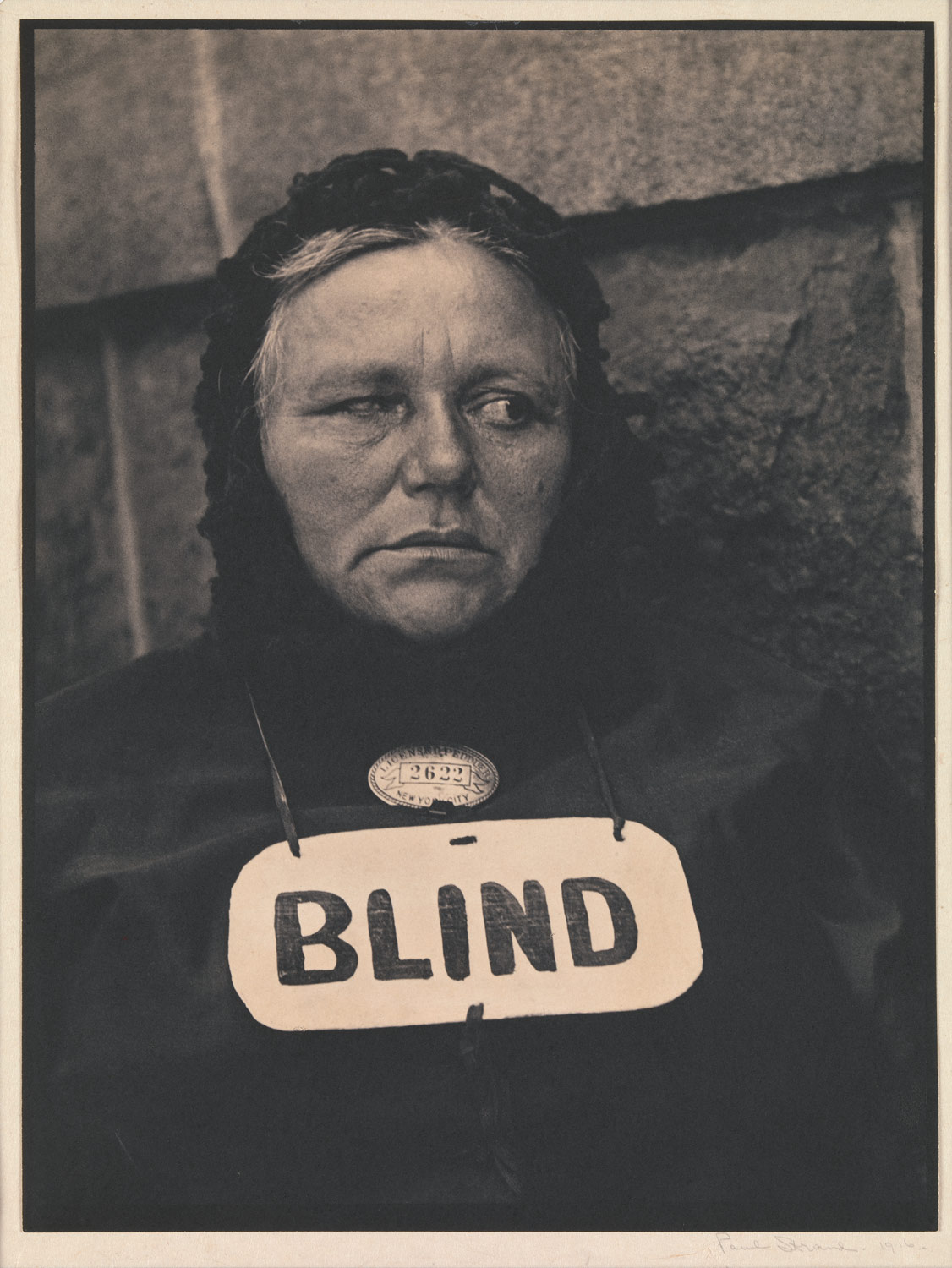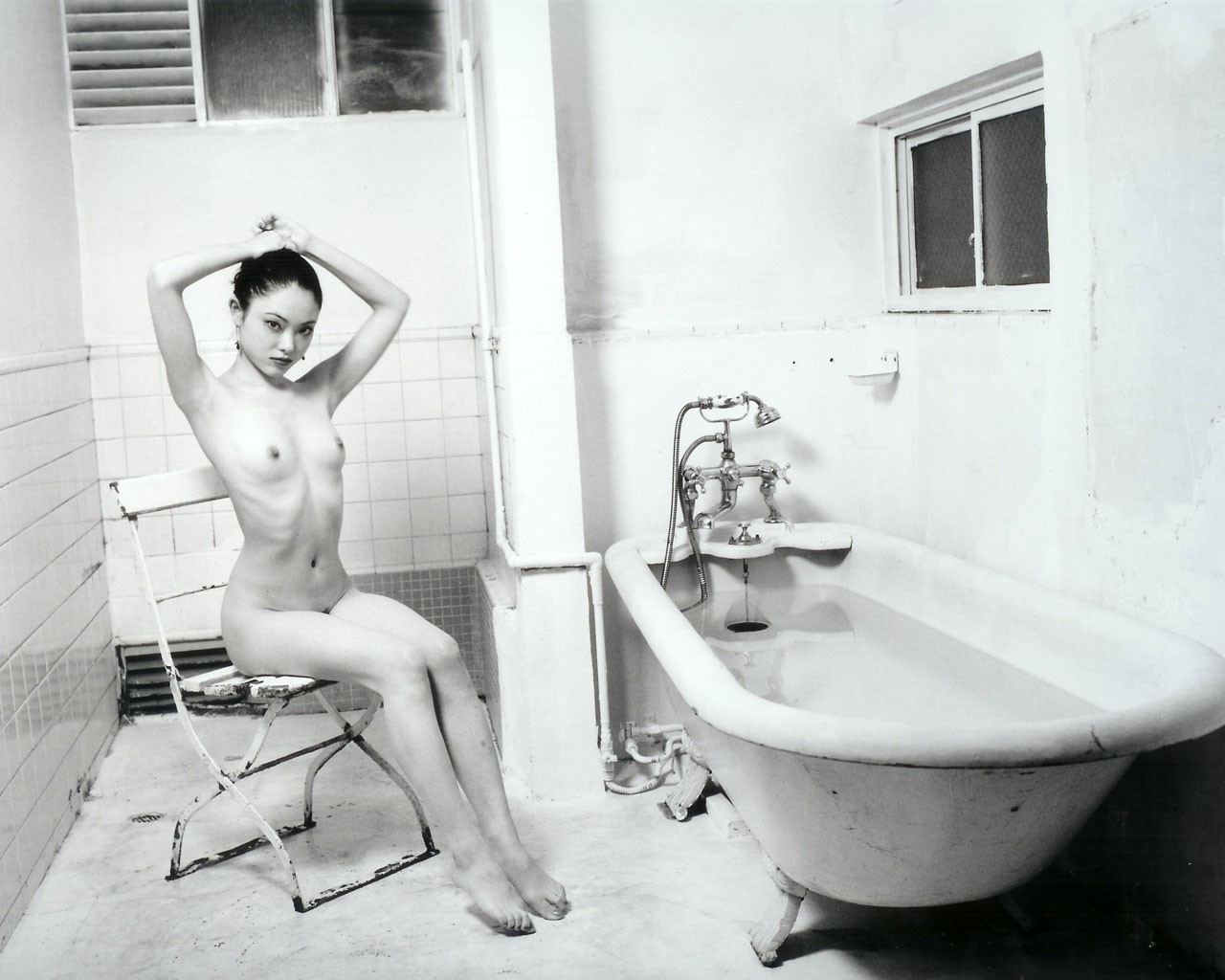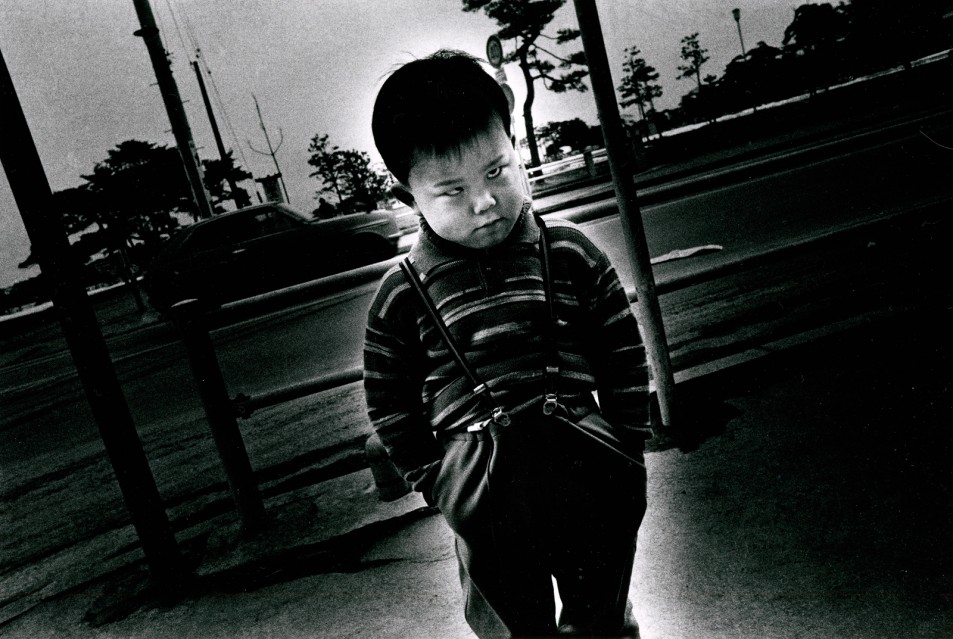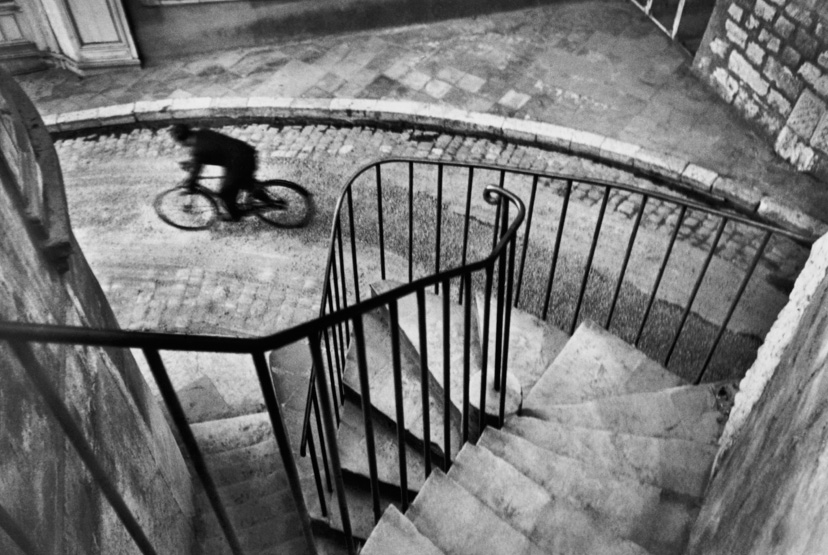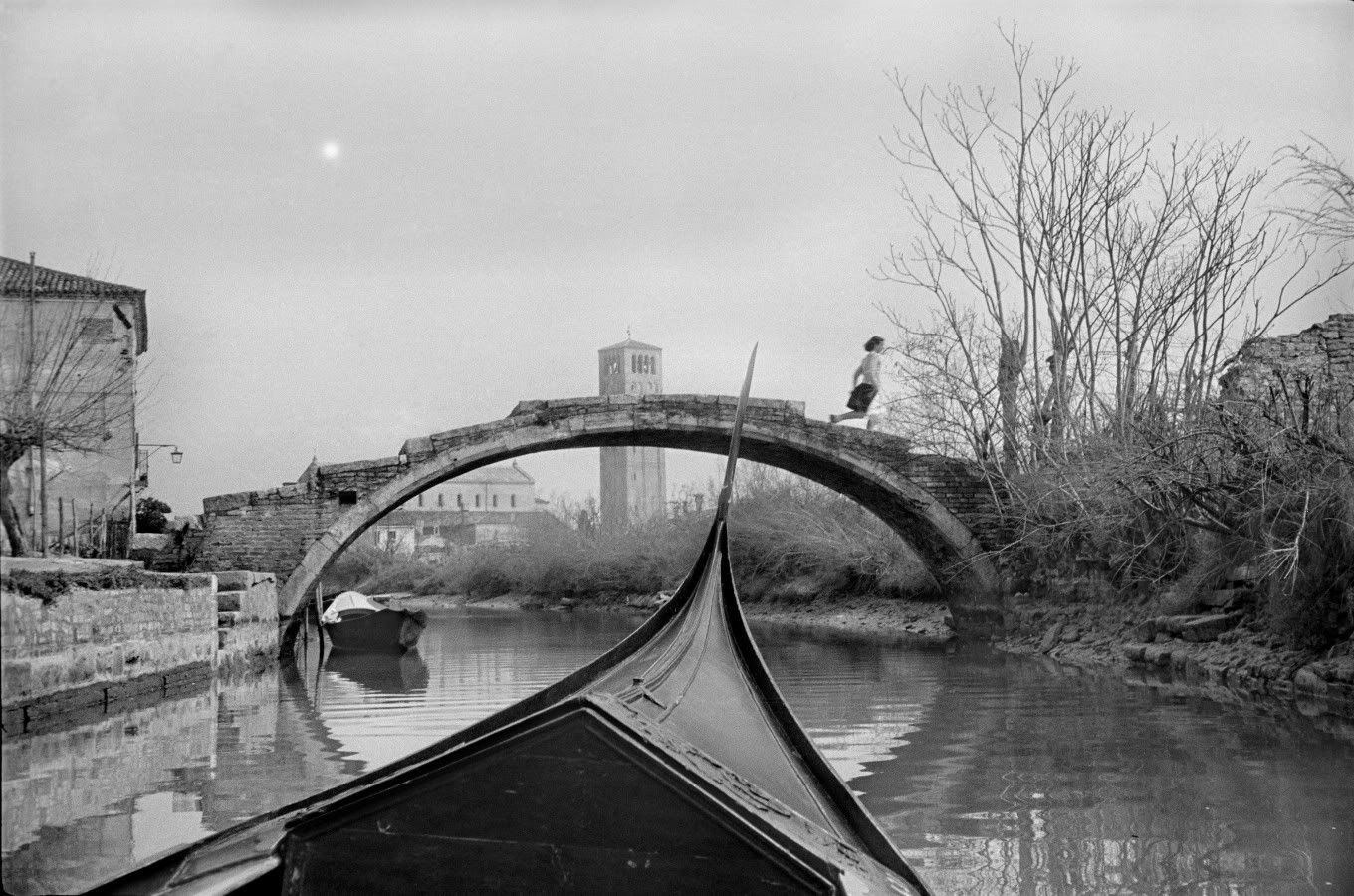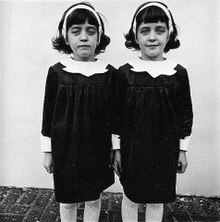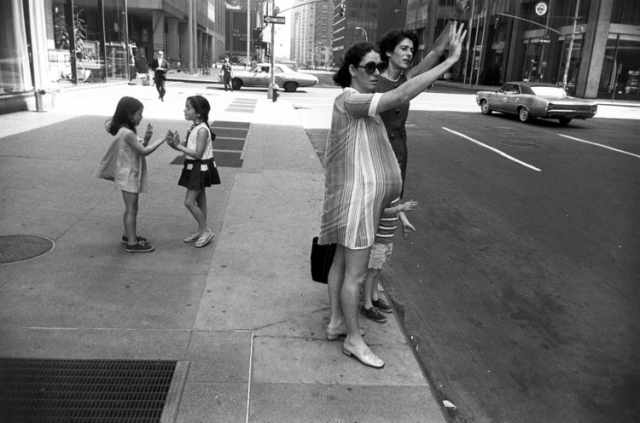DOLPHINHOME
Whilst at dolphin home I used long exposures photographing the river as it was a fast flowing.
as you can see this photograph still has great detail but has a slight blur to it which is caused by using the slow shutter speed on a fast moving water surface.
I also capture a few images of just the surrounding area's which I wouldn't really usually take notice of which actually caught my eye.
This is a photograph of a goal post which I captured for composition and the different contrasts between the greens within the grassy areas and trees.
This photograph is a photograph of a roof on a old farm barn which shows texture within the roof and the broken glass in the sky light windows this really adds to the texture within this photograph and makes the image alot more interesting to look at and take in.
This Image below is a photograph of inside the barn with a hay fork and all other different equipment that would be used on the working goat farm.
This photograph caught my eye as its very plain but very interesting all at the same time it is a basic sign on a rusty metal gate which you don't usually see unless on a farm I like the silver with the bright coloured sign.
This photograph is of the lighting within a barn and as you can see its very old lighting set up in a barn which looks like it is still used at night. its a very dark image slightly underexposed but the composition is really brilliant just slightly off centre.
This is a barn door and i thought the contrasty colours and textures would make a really good photograph. as it shows the grains and textures clearly and the whirls in wood.
This is a photograph of the big container where the food is kept, they dispense this into bags using the funnel on this equipment. I'm not sure about the composition with this is just slightly off centre and doesn't look very neat.
This is a photograph of a pair of ladders which look as if they have been stood up in the same place for a long period of time as this is shown through the rusty and spider web covered slates and the area it is kept, The composition on this photograph is very practical and really does this photograph justice.
These surroundings really stood out to me and I thought would look good within a photograph these are interesting and show some of the usual things you find on a farm.
I really like the depth of field within this photograph it helps the subject stand out a lot more than I would of done without it.
This photograph is not very creative in many ways but I really like how I captured the subject with great composition.
This is also not a very creative photograph but I have worked closely with my composition and exposures in the difficult lighting environment.
This is a photograph which I manage to capture quickly this would of been alot nicer aspect of the image if i had used a macro lens to photograph to get all the detail within the frogs body and face to make this photograph look more in detail and use depth of field to draw your eyes away from the dull large area of grey of the rocks.

